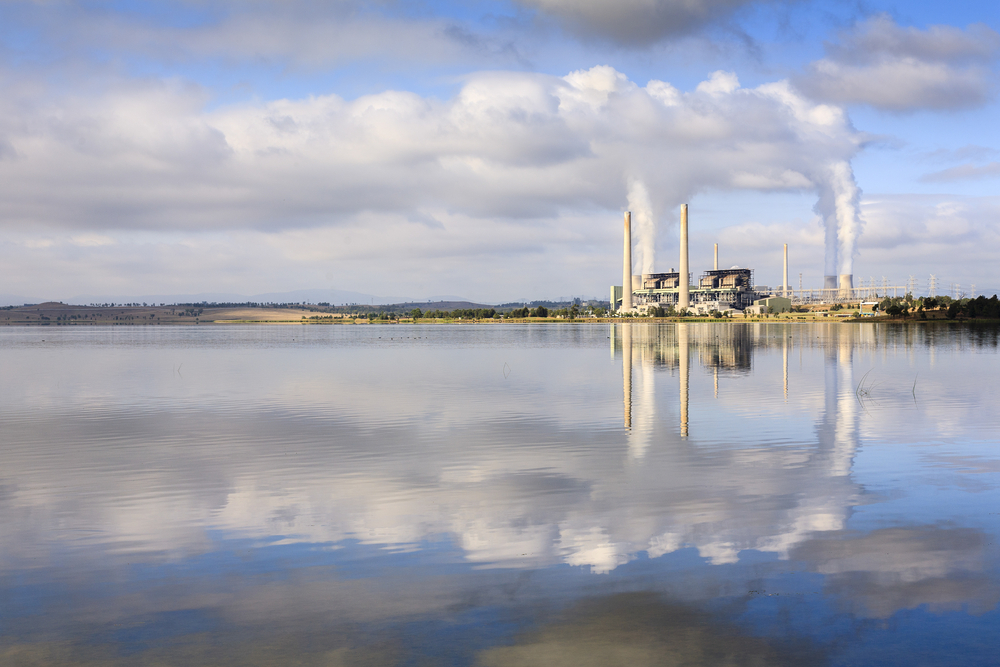Greenhouse gases are depriving our oceans of oxygen
Marine biologists will tell you that fish species such as tuna and swordfish, known as the deep-water divers of the ocean for hunting at depths of 200 metres, are today repeatedly coming to surface view.
The reason for the behavioural quirk is that warming sea temperatures have zapped oxygen out of waters even far out to sea, making it difficult for the predators to breathe—let alone hunt—in deep water. As the planet’s atmosphere traps more heat, so the oceans get warmer.
“If you think ocean warming, think rising sea levels, deaths of coral reefs, and the ocean acidifying,” Peter Thomson, the UN Special Envoy for the Ocean, told UN Environment.
“This will make it harder for ocean-based lifeforms like shellfish to survive in the ocean.”
In dialogues about ocean issues, the effects of greenhouse gases, such as ground-level ozone and carbon dioxide, haven’t received nearly as much attention as plastic, largely because they aren’t visible. But oxygen is as essential for the ocean as it is on land. And while it can vary at different depths, rising sea temperatures have caused deep ocean areas already low in oxygen, to deoxygenate further, changing habitats for underwater life.
A report published recently by the World Meteorological Organization revealed that more than 90 per cent of the energy trapped by greenhouse gases goes into the oceans. Last year saw new highs of ocean temperature in the top 700 metres and 2,000 metres of water, surpassing the previous record set in 2017.
Thomson, who was given the mandate to push for conservation and the sustainable use of the oceans by UN Secretary-General António Guterres in 2017, says that we should all care about those findings, even if we live nowhere near a coast, because “every second breath of oxygen that we take comes from oxygen produced by life in the ocean.”
This year’s World Environment Day focuses on air pollution and how we can make changes in our everyday lives to reduce the amount of air pollution we produce, and stop its contribution to global warming.
Greenhouse gases are the main source of air pollution and include carbon dioxide, methane, nitrous oxide and sulphur hexafluoride. While some gases are produced through natural processes like animal and plant respiration, human activity such as fossil fuel burning, livestock rearing and vehicle emissions have increased their quantity.
UN Environment says that pollution from land-based sources is of particular concern for the oceans because of forms of reactive nitrogen—which includes nitrous oxide (a potent greenhouse gas). Nitrogen deposition from atmospheric emissions and runoff (along with phosphorus) can trigger toxic algal blooms that are harmful to marine life and cause oxygen deficiency in the ocean, which in turn, can kill fish, crabs, oysters and other aquatic animals.
“This global problem, compared to the issue of plastics pollution, is typically ‘unseen’ but no less important, as it adds further to nutrient pollution from wastewater, agricultural and other industrial runoff that is carried to the marine environment by rivers,” said Christopher Cox, programme management officer on marine pollution at UN Environment.
Oceans are by far the largest carbon sink on the planet, intaking some 93 per cent of the greenhouse gas, carbon dioxide. But through increased human activity they are struggling to keep up. That is why civil society, governments and businesses must work together to cut back on pollutants.
“The ocean has been a buffer to extreme climate change, but we are pushing its boundaries,” Gabriel Grimsditch, programme management officer for marine ecosystems at UN Environment said. “Ocean warming, ocean acidification and sea-level rise are all consequences of a system that is polluting the world and putting life on earth, and under water, at risk.”
On plastic becoming a flagbearer for ocean action, Thomson thinks it is “really useful” because it has brought about a lot of public engagement with the blue ecosystem such as the ban of single-use plastics in some countries. However, a much greater battle needs to be fought to get below the 2°C target for global warming set by the Paris Agreement, if we are to preserve the vibrancy of ocean life.
“They are calling the 25th Conference of the Parties, ‘The Blue COP’—a recognition that the oceans and the climate are inseparable,” he said. “It’s all one ecosystem.”

